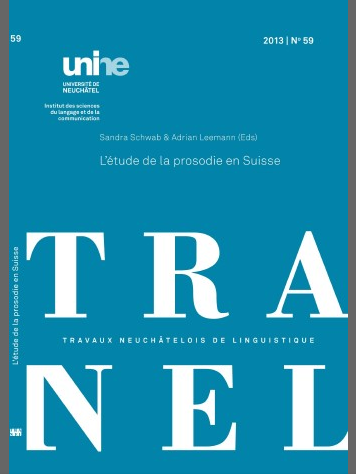Rhythmische Variabilität bei synchronem Sprechen und ihre Bedeutung für die forensische Sprecheridentifizierung
DOI :
https://doi.org/10.26034/tranel.2013.2950Résumé
Humans are able to speak in synchrony with each other. The present study investigated whether four temporal correlates of speech rhythm (%V, nPVI-C, nPVI-V, nPVI-CV) adapt when speaking in synchrony with a recording. The experimental setting consisted of three conditions: Eight participants read three sentences out loud (read), four of them were asked to speak in synchrony (sync) with the same sentences recorded by the four others (target). Correlation analysis was carried out between the rhythmic measurements of the sync condition and the two others (read/target). Results revealed that there are typically strong significant correlations between speech rhythm of the read and synchronous speech. The impact on speaker identification, in particular under forensic circumstances, is discussed.Téléchargements
Publié-e
01-01-2013
Comment citer
Friedrichs, D., & Dellwo, V. (2013). Rhythmische Variabilität bei synchronem Sprechen und ihre Bedeutung für die forensische Sprecheridentifizierung. Travaux neuchâtelois De Linguistique, (59), 149–166. https://doi.org/10.26034/tranel.2013.2950
Numéro
Rubrique
Article thématique


